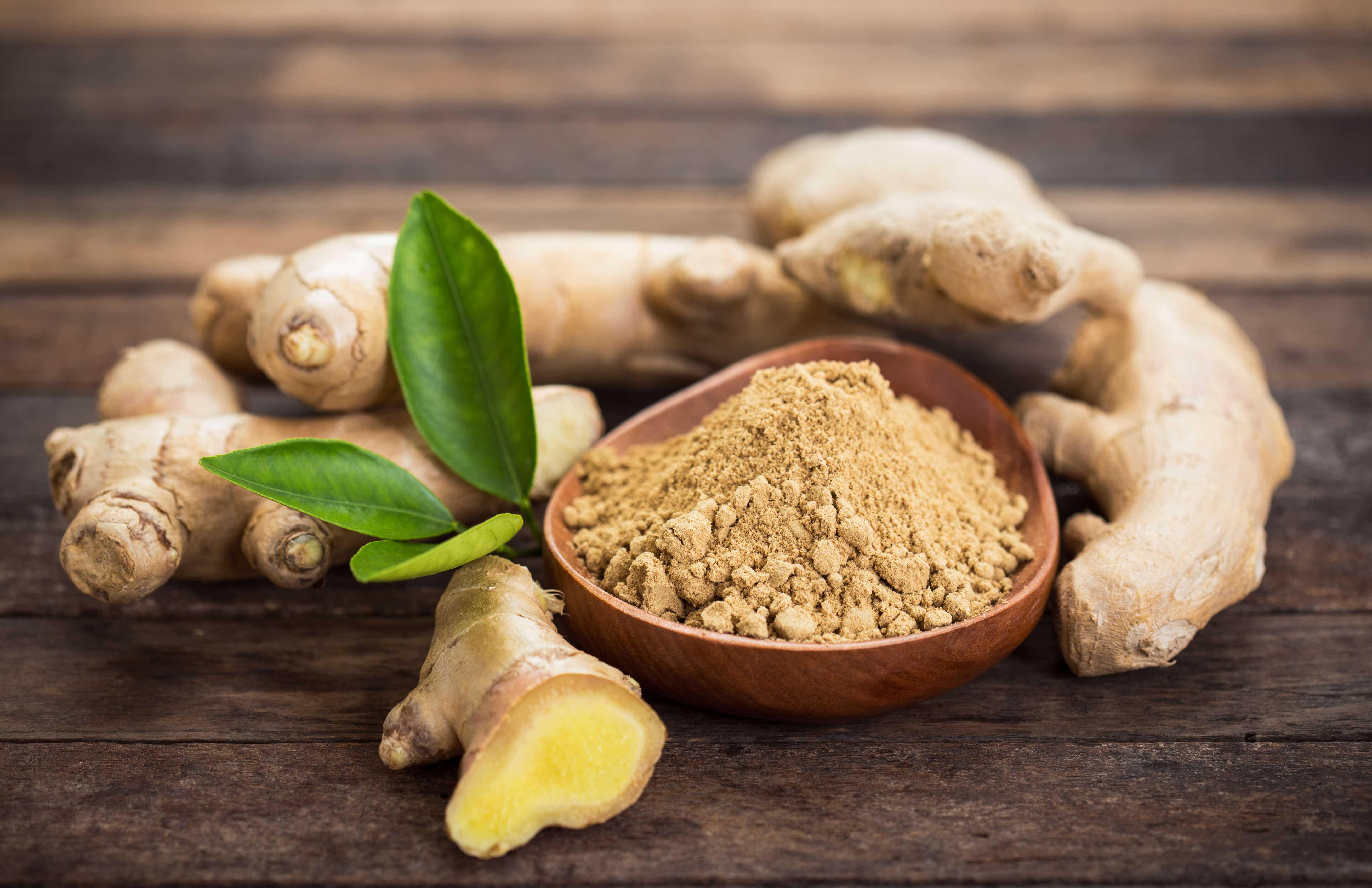What is Ginger?
Ginger comes from the rhizomes (underground root-like stems) of a perennial plant grown in many tropical regions of the world. It has been cultivated for thousands of years in India and China though scientists are uncertain of which country was the original birthplace of the plant. It is certain that ginger was one of the first Far Eastern spices to be introduced to Europe due to the ease of transporting ginger in its rhizome-form. In Europe, it became known both for its medicinal and culinary value; ancient Greek and seventeenth-century English authors wrote of ginger’s ability to warm the stomach and aid in digestion.
Above-ground ginger stems grow from the rhizomes to a height of 2 – 4 feet with long, narrow green leaves. At the end of these stems are small yellow flowers accented by purple edges. The knobby rhizomes, which are the source of dried ground ginger, are also known as “hands” due to their shape. They are harvested from the ground within a year of planting and are then be scraped, boiled, peeled and dried for transport.
What is it used for today?
Ground ginger is, not surprisingly, a primary component in gingerbread seasonings as well as other sweet bakery blends. It also adds balance to several prepared meat seasonings such as salami and frankfurters and is a part of most curry powders.
To learn more about the spices and seasonings that Fuchs has to offer, click here. Our experts are ready to educate your team on all things spices and seasonings. To find out more, contact us.



 For more information about Fuchs North America's products and programs that support food manufacturers in their product development needs, please
For more information about Fuchs North America's products and programs that support food manufacturers in their product development needs, please